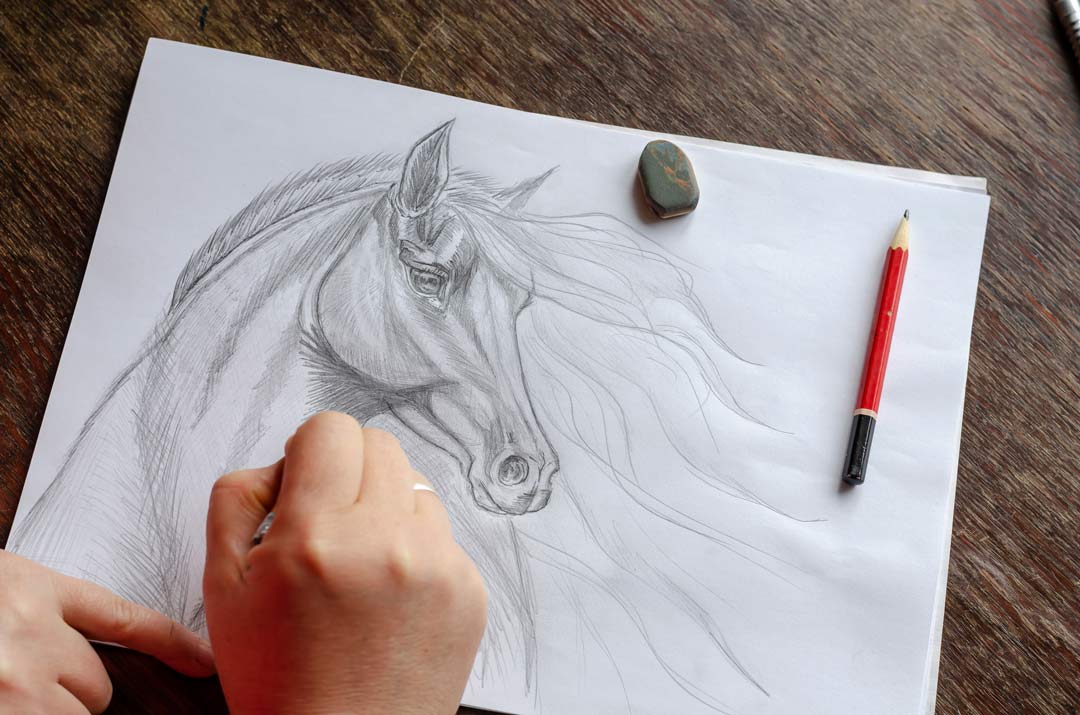 The concept of flow was first coined in the 1960s by psychologist Mihaly Csikszentmihalyi. Originally studying the intense focus artists had during the creative process, Csikszentmihalyi discovered that when in Flow, artists relentlessly pushed through until the end so as to not lose the power of the creativity surge.
The concept of flow was first coined in the 1960s by psychologist Mihaly Csikszentmihalyi. Originally studying the intense focus artists had during the creative process, Csikszentmihalyi discovered that when in Flow, artists relentlessly pushed through until the end so as to not lose the power of the creativity surge.
Today, the term flow is used to describe a deep cognitive state of immersion in any activity, such as writing, sports, meditation, prayer, creative arts, or even work. The modern worker struggles with flow. The start/stop throughout the day is plagued with endless meetings, phone calls, and other urgent disruptions. It’s becoming increasingly difficult to achieve and maintain flow.
An inability to get into flow results in less joy on the job, which means it begins to feel more like work and less like a passion or calling. Getting into and staying in flow is about the process, not the result. Workers experience less anxiety, stress, and doubt when in flow.
The busyness of life often prevents us from enjoying it. Think about it: How often do we look at a calendar and wonder where the year went? When we try to recall where the time was spent, we sometimes can’t. If we must work 8-10 hours a day on various stop-and-go activities, it becomes difficult to get and stay in flow while running in place on the hamster wheel of life and all that creative energy we could channel into our dreams flows right down the drain instead.
But how does someone get into flow? What is the magical formula for flow, and how do you know when you’re in it? Let me suggest taking a cue from the ASD, or autism, community. Repetitive motions, activities, or mundane everyday chores belong to a category of stress reduction known as stimming; cognitive behavior methods used by neurodivergent individuals which allow for stress reduction through intense directed focus.
Autistics can laser focus on the details of minutia that would drive neurotypical counterparts crazy. This ability to tune in to tune out provides self-soothing relief from stress and allows the individual to move more easily into flow and enhanced concentration.
Taking attention off the stressful activity or situation and rechanneling it into another creates flow. The autistic mind can pivot back to the original activity, relaxed and focused with more energy for the effort. Stimming, via repetitive routines, provides mechanical structured movement the mind can easily manage while the higher mind works to relax, regroup, and refocus for optimal performance.
Productivity is more important than ever. Our schedules are packed with more while we are achieving less. Getting into flow can help us accomplish our goals while enjoying more of the process. Often, we need to lean into routine to get out of our heads and into flowing groove.
